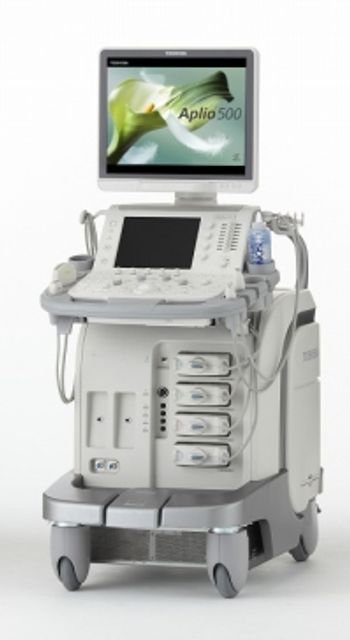
CHICAGO - Toshiba America Medical Systems Inc. launched two new ultrasound systems at RSNA 2011, which the company said will give clinicians an entirely unique perspective during the scan.

CHICAGO - Toshiba America Medical Systems Inc. launched two new ultrasound systems at RSNA 2011, which the company said will give clinicians an entirely unique perspective during the scan.

CHICAGO-System helps physicians follow evidence.
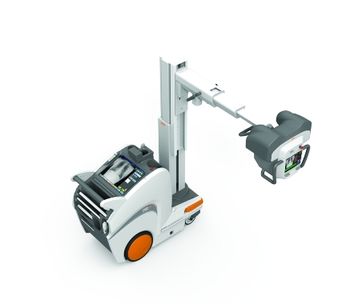
CHICAGO-Carestream features newly mobile system at RSNA 2011

CHICAGO - Using functional magnetic resonance imaging (fMRI) researchers identified abnormalities and disrupted pathways in brains of children with attention deficit hyperactivity disorder (ADHD), according to a study presented at RSNA Monday.

CHICAGO - Heading a soccer ball may cause serious brain injury visible through an advanced magnetic resonance technique, according to a new study presented Tuesday at RSNA.

Radiologists could have a greater role in patient care through Accountable Care Organizations, but now’s the time to get involved, according to consultant Claudia Murray, president of CMC LLC.

Q.Suite positioned as improvement in cancer treatment assessment.

CHICAGO - From cuts in reimbursement to changes in practice models, there is no shortage of critical issues facing the profession of radiology. So what to do? Become leaders, said members of a panel speaking at RSNA 2011 Monday.

CHICAGO - The field of radiology has come a long way since the days of paper and film, says one of the profession’s leading thinkers on the evolving relationship between diagnostic imaging and information technology. And it’s only getting started.

CHICAGO - Fusion may be a good thing for restaurants and the Ford Motor Company, but it’s among the factors making life harder for radiologic technicians and nuclear-medicine experts.
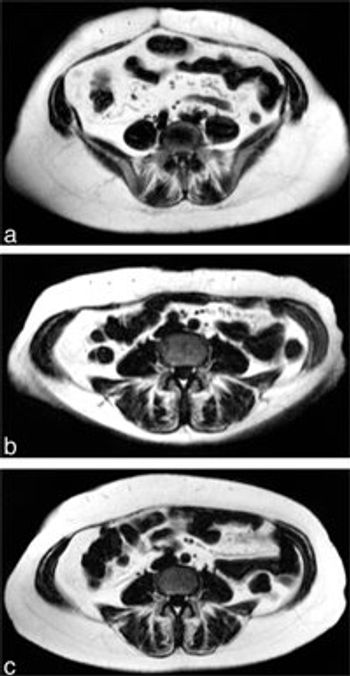
CHICAGO - Cardiac MRI scans showed a low-calorie diet eliminates insulin dependence and improves heart health in obese patients with diabetes, according to a study presented Monday at RSNA 2011.

Radiology trainees are facing a particularly tight job market now, but if history is any guide, it will be a very different story in a few years, according to speakers at an RSNA 2011 session Sunday.
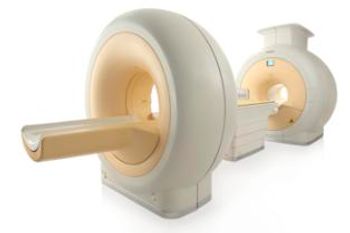
Philips promotes Ingenuity product at RSNA 2011

BRIT Systems Inc. will introduce a cloud-based peer review system, as well as updates to its image viewer and diagnostic workstation.

Giotto USA will be demonstrating at RSNA 2011 its 3D and 3DL digital mammography systems, which recently received FDA 510(k) clearance.

Brainlab will launch its cloud-based image sharing and clinical planning platform at RSNA 2011.

Digital radiography provider IMIX Americas Inc. will introduce three digital detectors in its expanded line at RSNA 2011.

Sectra’s vice president of research and development expects lots of conversations about meaningful use, practice consolidation, and teleradiology.

PACS image management solutions provider Mach 7 will release at RSNA 11 the latest version of its enterprise imaging platform.

vRad's cloud-based teleradiology alliance model helps radiologists stay put, perform faster services, access subspecialists more easily.

Image analysis solutions provider iCAD Inc. will highlight several new features of their mammography CAD, MRI image analysis and colon CAD products.

Billing and practice management provider Medical Management Professionals Inc. will highlight at RSNA 2011 two new technologies aimed at improving the way practices communicate and exchange data.

Radiation dose monitoring provider Radimetrics has partnered with Montage, a data mining software provider, to provide tools for hospitals and imaging centers to analyze medical imaging data. The technology will be highlighted at RSNA 2011.
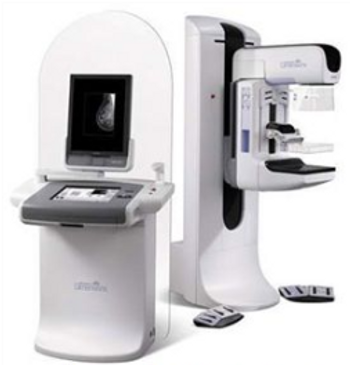
Hologic, Inc. will feature several imaging, sampling and diagnosis technologies at RSNA this year, including the recently approved Selenia Dimensions breast tomosynthesis system.
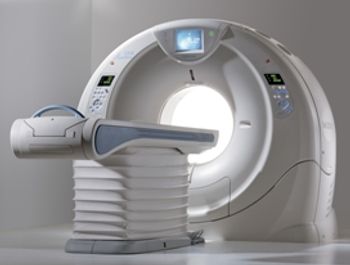
Toshiba America Medical Systems Inc. will feature several imaging technologies at RSNA this year.
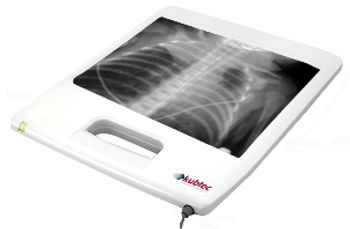
Digital X-ray provider Kubtec will highlight its recently FDA approved Digiview 250 digital radiography detector at RSNA 2011.

Image processing software developer Claron Technology will debut a cloud-based viewer and the latest release of its software development platform at RSNA 2011.

RIS/PACS vendor Intelerad Medical Systems will highlight new RIS soluion and other product enhancements at RSNA 2011.
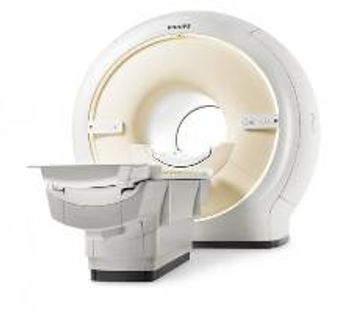
Philips’ Ingenia 1.5 T and 3.0 T MR will get a spotlight in the Philips booth at RSNA 2011. Touted as the first ever digital broadband MR, the devices received FDA clearance in April 2011 and started shipping commercially in July.
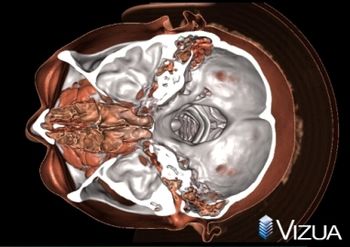
Vizua will debut their cloud-based 3-D scan visualization platform at RSNA 2011.